- Get link
- X
- Other Apps
- Get link
- X
- Other Apps

Exidy Inc. in 1978 introduced the computer to the world Sorcerer . Until that time, she was already quite famous for her arcade video games and family entertainment games. According to their technical capabilities, ancient video games, of course, were inferior to modern game consoles, which were previously considered from the hardware side. Exidy decided to translate its experience into a home computer, which was an exciting novelty for its time. Apparently, the Sorcerer was more popular in Europe than in the USA. Let's take a closer look at this computer and those components that were used in its creation.
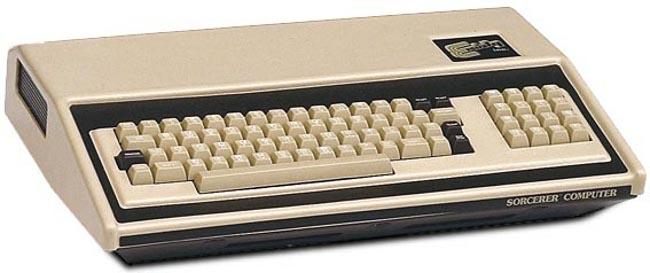
There are two models Exidy Sorcerer: DP1000-1 and DP1000-2. The price of a computer depended on the amount of RAM: 8 kilobytes ($ 895); 16 kilobytes (1 thousand 150 US dollars); 32 kilobytes (1 thousand 395 US dollars). Processor (details of the operation of the computer processor): Zilog Z-80; its clock frequency: 2 megahertz. Display in black and white; video: composite (analog). Ports: composite video port; serial port for cassette recorder; parallel cartridge connector; tire.
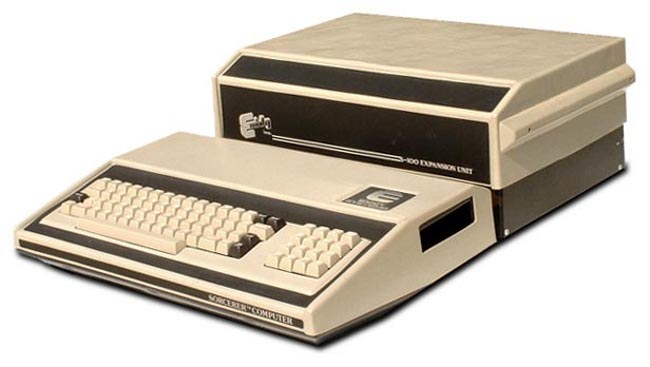
Drive: external tape recorder or floppy disk drive (optional). Operating system: "Monitor" in the permanent memory (ROM); Programming languages: BASIC, CP / M on a cartridge or diskette.
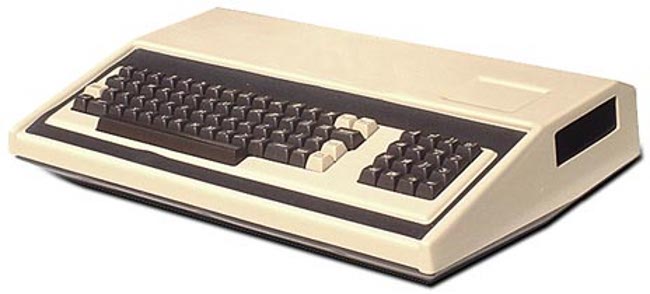
After the bankruptcy of Exidy, CompuData, which changed its name to Tulip Computers, continued to sell Sorcerer in the European market. Historians believe that from that moment on the computer keys changed their color. Those that were light (bulk) turned dark. A few dark "brightened."
There was also a computer called "Dynasty smart-ALEC". It was the same Exidy Sorcerer, licensed to Dynasty Computer Corp. (USA, Texas, city of Dallas). His keys were mostly dark.
Sorcerer did not have a built-in memory programming language. Its operating system was “Monitor”, which provides access to memory. There were also commands that provide reading and writing on a magnetic tape, and even if the contents of the cassette were written in BASIC, it was loaded via the Monitor.
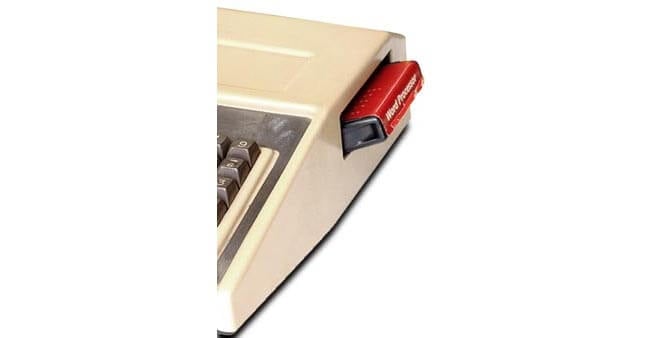
All other programs and programming languages were loaded either from tape cassettes or from ROM-Pac cartridges, for which the computer had a connector on the right side. These were special eight-track cartridges with a computer chip inside instead of the usual tape used to record music.

Sorcerer was the second computer in the history of supporting ROM-cartridges. The first was well-known to our regular readers of VideoBrain Family Computer, which appeared a year earlier, in 1977.
There were two versions of the Sorcerer. The first DP1000-1 model with RS232 serial transmission (according to historians studying high technologies) was improved, and the Sorcerer II was born. The maximum amount of its RAM could not reach 32 kilobytes, as before, but forty-eight. Model DP1000-4 was released above the name "Dynasty Smart-ALEC".
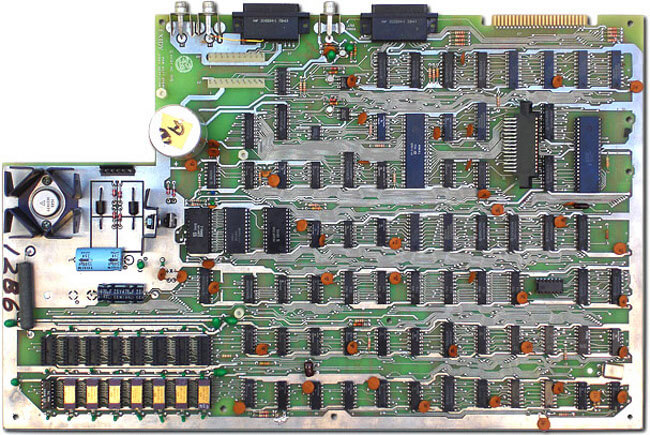
Motherboard of the original Exidy Sorcerer
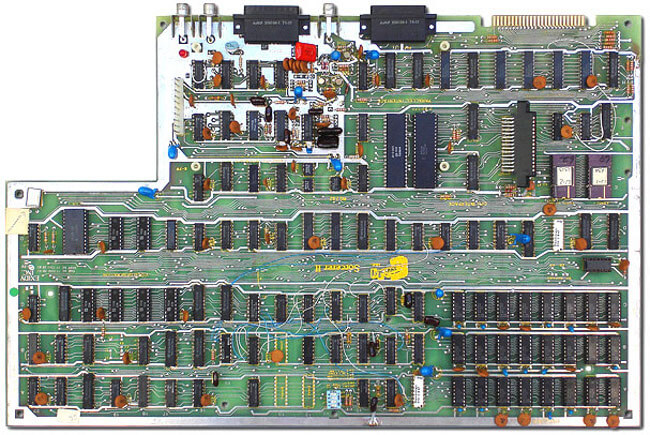
Exidy Sorcerer II Recycled Motherboard
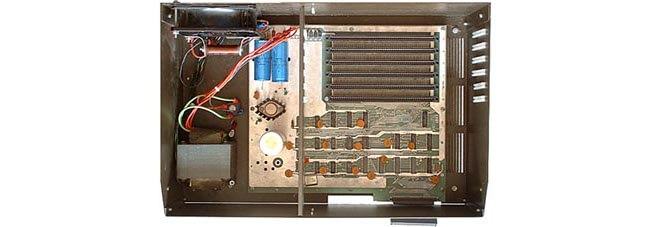
If the standard capabilities of the Sorcerer were not enough for the user, he could purchase an additional Expansion Unit S-100 for $ 419, allowing you to connect one of the hundreds of commercially available S-100 cards. The S-100 tire was extremely popular in the late seventies of the last century. Many of the early personal computers were based on it, which at that time preferred to be called “microcomputers”.
The S-100 module from Exidy was made simple, it contained only a power supply and six S-100 expansion slots. He made the computer in question compatible with the extremely popular S-100 expansion cards.
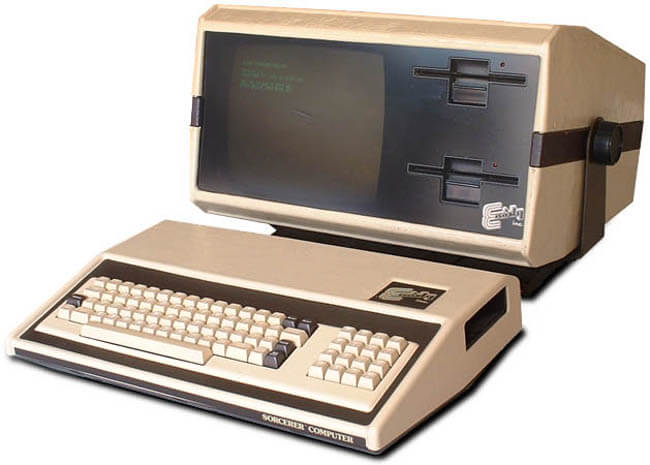
Any monitor that supported composite video could be used with Exidy Sorcerer. Exidy offered a professional integrated solution: “Video / Disk” (monitor with drives). This peripheral device contained a 12-inch display and two floppy drives. The capacity of the floppy disk was 630 kilobytes.
Adapted from oldcomputers.net
The article is based on materials .
- Get link
- X
- Other Apps
Comments
Post a Comment